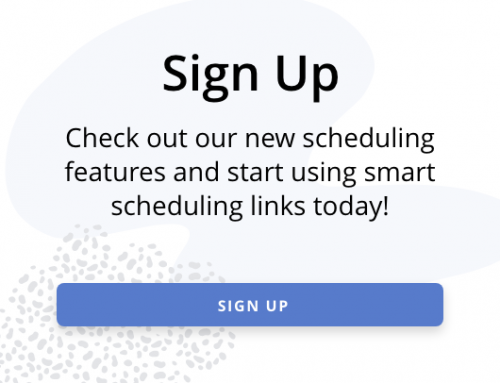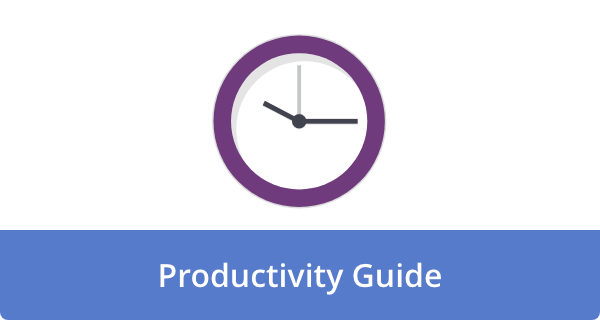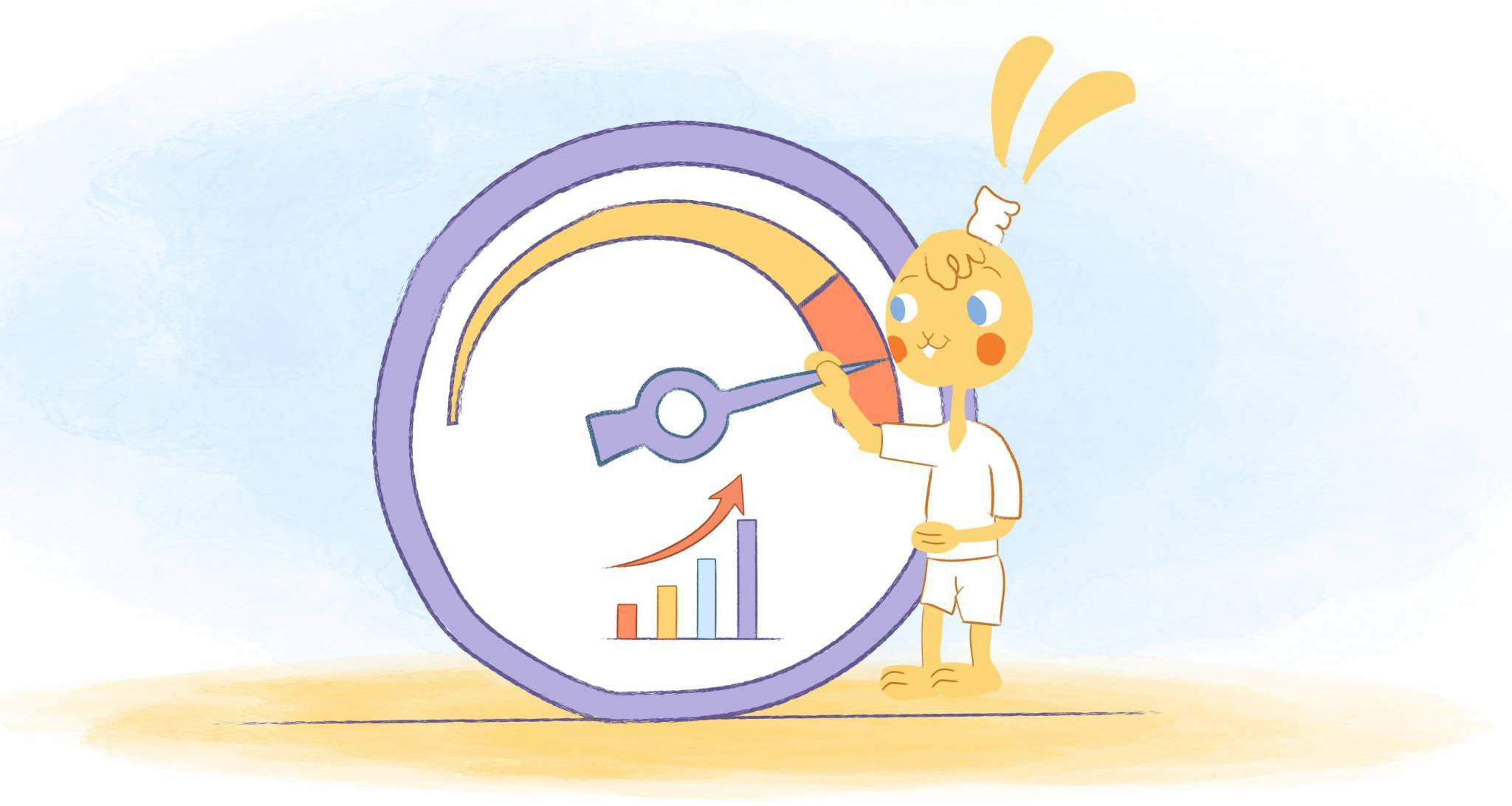

Welcome aboard the Timecrafting Express — an extraordinary journey that will propel you into a world where every leader can become the master of minutes and the sovereign-seconds! With an undeniable surge in global collaborations, it has never been more crucial to nail the delicate art of Precision Meeting Scheduling. This comprehensive guide will equip you with a wealth of techniques for efficient scheduling, adapting to different time zones, leveraging time management software, and evaluating your success. So, buckle up as we explore a powerful strategy that will transform you into a timecrafting maestro and elevate your leadership to unparalleled heights!
The Art of Timecrafting for Leaders
The Art of Timecrafting for Leaders goes beyond merely organizing a schedule; it’s a skill that maximizes efficiency and productivity in the workplace. Leaders who master this art are adept at anticipating the demands of their team, juggling competing priorities, and designating time for necessary functions, such as strategy development and team-building sessions. By refining their time management skills, these leaders lay the groundwork for a more cohesive and effective team, leading to increased productivity and positive feedback from both colleagues and management.
One notable example of Timecrafting for Leaders is the successful implementation of a precise meeting schedule. By eliminating unnecessary meetings, reserving specific times for essential discussions, and using time-blocking techniques to allocate periods for uninterrupted work, leaders can better utilize their time and that of their team, increasing overall productivity. Furthermore, it is crucial for leaders to closely monitor the needs of their team members, periodically reassessing their time management strategies to adapt to changing circumstances and prevent potential periods of stagnation. When done right, Timecrafting for Leaders can not only deliver tangible results but also foster an environment where every team member can thrive and excel.
The Importance of Precision Meeting Scheduling
Precision meeting scheduling is paramount for any effective leader, enabling optimal use of time and resources. In today’s fast-paced business environment, a well-organized meeting agenda is crucial for fostering clear communication, strong team dynamics, and increased productivity. A recent study by Microsoft reveals that employees spend, on average, six hours per week in meetings, further emphasizing the necessity of precise scheduling. Moreover, with meticulous planning, leaders can reduce the likelihood of overrunning the allocated time, enabling employees to manage their daily tasks more effectively and maintain a healthy work-life balance.
To achieve precision in meeting scheduling, it is advisable to employ meeting management tools such as Doodle and Microsoft Outlook, which allow leaders to set timetables, allocate tasks, and monitor progress effectively. For example, setting an agenda coupled with time limits for each topic helps keep meetings focused and on track. Additionally, a follow-up system ensures action points are appropriately delegated and efficiently executed. By investing in precise scheduling, leaders cultivate an environment of accountability and collaboration, resulting in a more engaged and productive workforce. With the right tools and approaches in place, everyone wins – employees spend less time in unnecessary meetings, and leaders can make informed decisions to drive the organization forward.
Practical Techniques for Efficient Scheduling
Effective techniques for efficient scheduling play a crucial role in mastering the art of precision meeting management. To truly timecraft your leadership, a balance must be struck between flexibility and structure, ensuring that all participants feel respected and meetings remain as productive as possible. One popular method employed by successful leaders is adopting the Meeting Flow Matrix, a model that swiftly categorizes attendees, delegates tasks, and identifies key objectives. By establishing a clear framework for the meeting, leaders can enhance time management, align expectations, and prevent unnecessary complications, leading to a prompt resolution of agenda items while keeping participants engaged. For instance, Alphabet (Google’s parent company) utilizes this method, holding meetings at their “L6 meetings” for just 50 minutes and effectively allocating their resources for maximum productivity.
Enhancing the efficiency of meeting schedules requires a comprehensive approach that considers all variables, including room arrangements, agenda formats, and time allocations. Prioritization should be given to strategic and operational decisions requiring collaboration or time-sensitive issues that need immediate attention by focusing on the “two-pizza rule”; hosting meetings with no more attendees than can be fed with two pizzas, which encourages creativity and active participation. Additionally, it’s beneficial to have a centralized calendar system, such as Calendar, Google Calendar, or Outlook, or a shared project management platform, which can streamline scheduling and save time when planning multiple meetings. Such platforms enable all parties to continually collaborate and adjust to unforeseen circumstances, keeping timecrafting a key asset to your leadership toolbox.
Adapting to Time Zones and Virtual Teams
As leaders navigate the complex world of virtual teams, mastering the art of adapting to varying time zones becomes a critical skill for precision meeting scheduling. Geographically dispersed teams often face synchronization challenges, resulting in missed opportunities for collaboration and reduced productivity. To mitigate these issues, leaders can utilize tools like time zone converters and team collaboration platforms. For instance, World Time Buddy and Timezone.io allow team coordinators to visualize team members’ working hours and meeting overlaps. Additionally, sharing a team calendar with local working hours increases awareness of teammates’ availability, fosters respect for personal time, and minimizes disruptions.
Apart from utilizing technology, cultivating cultural sensitivity and flexibility are essential in managing virtual teams across multiple time zones effectively. By alternating meeting times, leaders acknowledge the importance of making compromises and creating a fair environment for all team members, regardless of their location. This approach also demonstrates that the organization values diversity and inclusivity, which results in a more engaged and motivated workforce. In conclusion, a combination of digital tools, flexibility, and empathy is crucial for effective time management among leaders working with global remote teams. This not only ensures optimal productivity but also promotes understanding and cohesion within the team.
The Role of Time Management Software for Leaders
The power of time management software for leaders should not be underestimated, as it helps maintain an organized calendar and maximize productivity. With a plethora of digital scheduling tools available, such as Asana, Trello, and Google Calendar, leaders can now allocate tasks and time blocks with precision, ensuring that meetings are scheduled with accuracy. For example, TimeCrafting is a well-known software program that offers a user-friendly interface for optimizing team meetings and event planning, leading to increased efficiency and engagement within organizations. Furthermore, these tools often integrate with third-party applications, such as video conferencing platforms, further streamlining the meeting management process.
In addition to scheduling precision, time management software offers a valuable data-driven approach for monitoring team performance. For leaders, this means acquiring real-time insights into project progress, individual productivity, and areas that require improvement. For instance, the “Harvest” app tracks time spent on task execution, enabling leaders to analyze patterns and determine best practices for efficient workflow. Moreover, some digital scheduling tools automatically generate performance reports and visualize actionable metrics, ensuring the leadership team can make informed decisions. Through the integration of time management software, leaders can maximize their team’s potential and pave the way for a more productive and organized future.
Implementing and Evaluating Your Precision Meeting Scheduling Strategy
Implementing your precision meeting scheduling strategy is like setting the gears of a well-oiled machine in motion. By assigning time blocks for specific meeting agendas, you enable your team to enter the conference room with a clear understanding of the issues at hand and allocate time and resources effectively for each task. As a leader, be prepared to accommodate your team’s preferred time slots when scheduling these precision meetings, as research has shown that well-timed meetings lead to increased employee productivity and engagement. For instance, Tuesday afternoons are reportedly the most effective time for meetings, according to a survey of over 2 million respondents conducted by YouCanBookMe.
Once your scheduling strategy is up and running, it is essential to periodically evaluate its effectiveness. Seek feedback from team members on meeting durations, content, and flow, as well as any proposed improvements. Analyze the data collected from various meetings to determine whether objectives were met and decisions were reached in a timely fashion. It’s equally crucial to identify any unnecessary meetings or excessive overlaps in the schedule and adjust accordingly. As with any fine timepiece, precision in meeting scheduling requires continuous refinement and evaluation to ensure success, boost productivity, and ultimately transform your team’s performance into a symphony of purposeful time management.
Closing Thoughts
In conclusion, mastering the art of Timecrafting empowers leaders to achieve unprecedented levels of efficiency in their meeting schedules. By understanding the importance of precision meeting scheduling and employing effective techniques, they can make the most of their valuable time while accommodating global time zones and virtual teams. Time management software further augments their capabilities, streamlining the scheduling process and enhancing their overall strategy. With the implementation and evaluation of these precision meeting scheduling principles, leaders can truly harness the power of time, driving their teams towards greater heights of success, productivity, and collaborative excellence.
Frequently Asked Questions
What is Timecrafting for Leaders?
Timecrafting for Leaders is a skill that maximizes efficiency and productivity in the workplace by mastering efficient scheduling, anticipating team demands, balancing competing priorities, and allocating time for essential functions, such as strategy development and team-building sessions.
Why is precision meeting scheduling important?
Precision meeting scheduling is crucial for optimal time and resources management, promoting clear communication, strong team dynamics, and increased productivity. Precise scheduling also ensures that meetings don’t overrun their allocated time, allowing employees to manage their daily tasks better and maintain a healthy work-life balance.
What are some effective techniques for efficient scheduling?
Effective techniques include using the Meeting Flow Matrix to categorize attendees and objectives, prioritizing strategic decisions, adhering to the “two-pizza rule” for meeting sizes, utilizing a centralized calendar system, and addressing time-sensitive issues promptly.
How can leaders adapt to time zones and manage virtual teams?
Leaders can adapt by utilizing tools such as time zone converters, team collaboration platforms, and shared team calendars. Additionally, they should cultivate cultural sensitivity, flexibility, and empathy when dealing with team members across multiple time zones, ensuring inclusivity and understanding.
How can time management software help leaders?
Time management software, such as Asana, Trello, and Google Calendar, helps maintain an organized calendar, maximize productivity, allocate tasks and time blocks, monitor team performance, and streamline the meeting management process through integrations with third-party applications.
How should a leader implement and evaluate their precision meeting scheduling strategy?
After assigning time blocks for specific meeting agendas, leaders should accommodate their team’s preferences. They should periodically evaluate the strategy’s effectiveness by seeking feedback, analyzing collected data, and identifying areas for improvement. This ensures that unnecessary meetings and overlaps are addressed, thereby streamlining team performance.











Howie Jones
My name is Howie and I'm a Customer Success Manager at Calendar. I like to ensure our customers get the best experience using our product. If you have questions email me howie at calendar.com